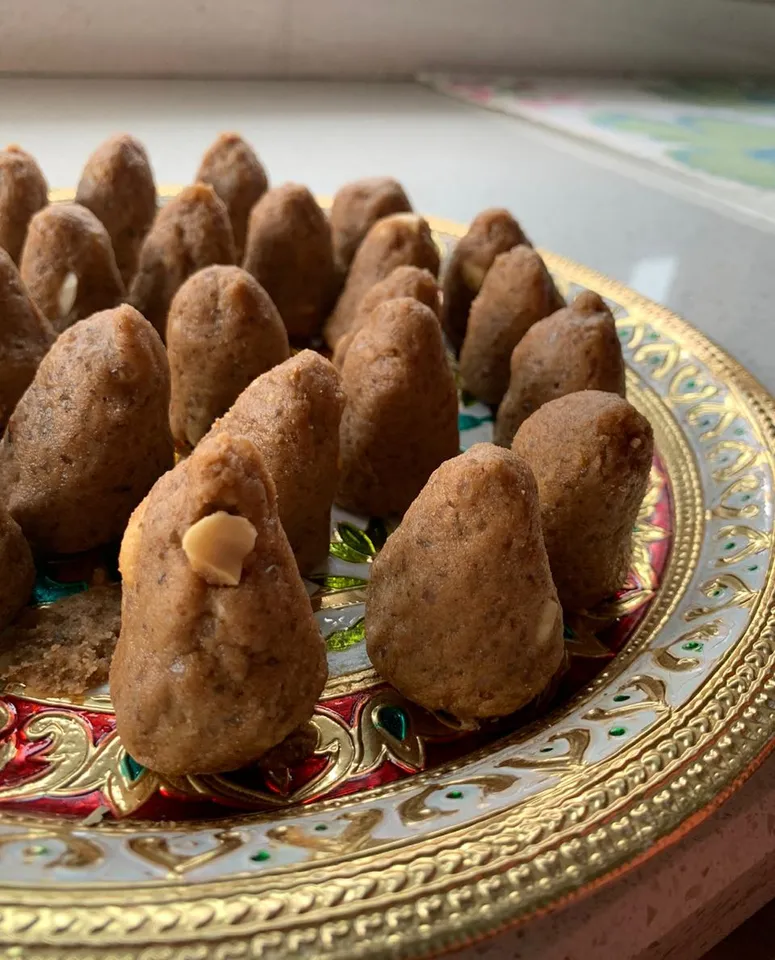Iconic Dishes of Bannu

Bannu Pulao
A signature mixed rice dish featuring tender beef, fragrant basmati rice, and a medley of spices like cumin, cardamom, and cloves. Slow-cooked for hours to infuse deep flavors, it's a staple at weddings and festivals.
View Simple Recipe
Painda (Sobat)
A comforting traditional stew where pieces of naan bread are soaked in rich chicken or beef stock, topped with yogurt, onions, and green chilies. Known as a hearty breakfast or light meal, it's beloved by Marwat tribes.
View Simple Recipe
Muth
Muth is a famous Bannuwal winter delicacy made from whole wheat flour, ghee, nuts, and sometimes masala gur. Unlike the common aate ka laddu Its Punjabi counterpart is Pinni.
View Simple Recipe